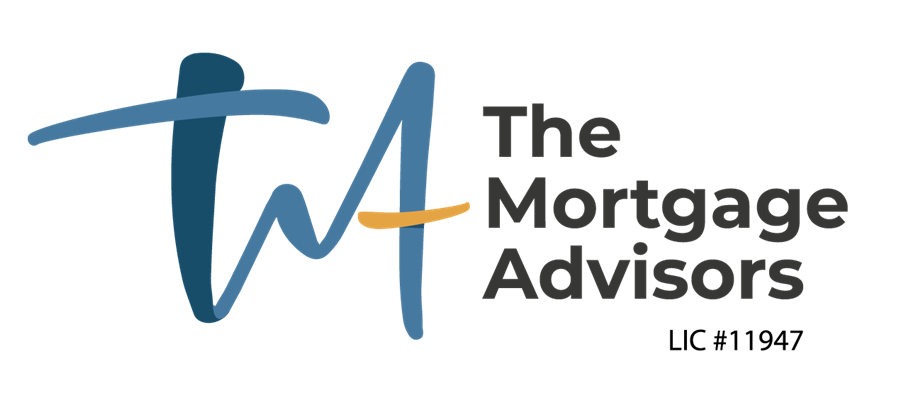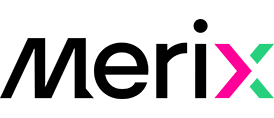
Nick Holloway
Saving for a 20% down-payment or buying now – Lets review the numbers
5/15/2020
By Nick Holloway -
As a mortgage professional, a question which comes up regularly is whether a borrower should wait to purchase a property until they have a down payment of 20% or more. As with most mortgages in Canada, it is necessary for the borrower to pay a mortgage default insurance premium as a percentage of the mortgage funds borrowed to either CMHC, Genworth, or Canada Guaranty when the down-payment is less than 20%. When the down-payment is greater than 20%, the borrower is generally not required to pay the mortgage default insurance premium. This question requires a closer examination of the numbers so a borrower can make an informed decision as to which best suits their needs, so I want to explore a couple of different scenarios to aid in this decision-making process.
Firstly, we need to understand what our two scenarios are to consider, and for the purposes of this illustration, the borrower can qualify in both cases based on their current and future income and debt levels. They are looking for a property of around $500,000 which will suit their specific needs and lifestyle. The initial scenario is they currently have a sufficient cash resource to cover a 5% down payment with the associated closing costs and are looking to purchase straight away. The alternative scenario is the client is intending to take the next 3 years to save for the additional down-payment to make up the balance of the 20% down payment to avoid the mortgage default insurance, they will continue to rent in the meantime. We are to assume the house-prices and a fixed rate of 3% compounded semi-annually with a 25-year repayment schedule will remain the same in both scenarios to remove variable considerations from the model.
Scenario one – Buy the house now
The client finds their ideal property for $500,000 and they are to apply the 5% down-payment would result with a $475,000 balance to mortgage. As the borrower is required to apply a mortgage default insurance premium of 4% of the mortgage balance, this equals $19,000 which is applied to the principal of the mortgage loan for a total of $494,000. It should be noted the insurance premium requires the amount of provincial sales tax (PST) has to be added to the closing costs which cannot be added to the mortgage amount. In this case, we want to understand the break even point of paying down the $19,000 insurance balance based on the principal and interest payments being made towards the overall loan. To look at the first monthly mortgage payment which is set one month after taking possession of the property, we calculate this as a total of $2,337.83 which is made up of $1,110.48 as principal and $1,227.35 as interest. The outstanding principal is now at $492,889.52 after one month. If we move along the repayment schedule to the completion of the 17th monthly payment, we can see the new principal balance is $474,741.89. At this point, we have broken even on paying down the excess mortgage insurance balance. At the end of the first 3 years, the mortgage principal balance is now reduced to $452,234.53.
Scenario two – Buy the house later
The client has successfully increased their savings over the last 3 years by an additional $50,000 to make the balance for their 20% down payment of $100,000, or an equivalent increase of savings per month of $1,388.88 over 36 months. The closing costs to purchase their ideal property of $500,000 are broadly in line with the first scenario based on the same purchase price (apart from the PST mentioned above), but the initial mortgage amount is $400,000 with the absence of a mortgage premium. They opt for 25 years and the lower monthly payment is $1,892.98, however they are also going to take a longer time to repay than scenario one so they want to see if they can align the repayment schedule to 22 years to match the same maturity, the payment increases to $2,067.81 in this scenario.
Conclusions
As you can see from the above guide, we are isolating only one item of the overall consideration for homeownership against alternative shelter options and associated costs. We are not looking at comparable rents available in the market, nor items such as property appreciation, property taxes or maintenance for the homeowner which may change these outcomes. We also have to consider the discipline required to save the additional down payment in scenario two whilst still having shelter costs of rent in the meantime, whereas scenario one may have an excess savings rate they could apply to accelerate their mortgage principal repayments as they may not have rental payments to consider. The decision for home ownership is a personal choice and should be taken as a combination of many different factors. I trust the above guide helps with looking at one of these factors to assist with the overall decision making process.




























